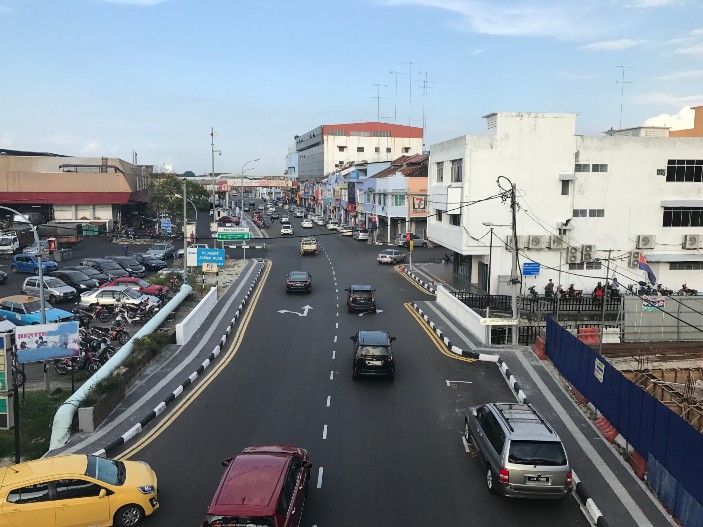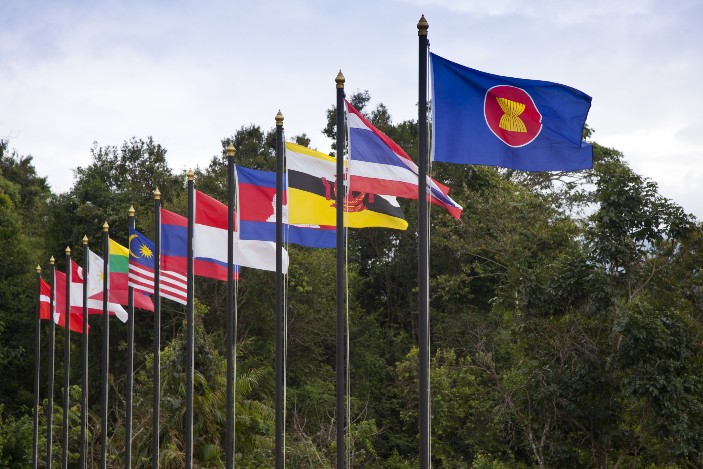IT SEEMS all but confirmed that Malaysia will not proceed with the Kuala Lumpur-Singapore High-Speed Rail (HSR) project, at least for now.
New Prime Minister Tun Dr Mahathir Mohamad is taking a tough stance over the country’s budget and the HSR is one of the projects that he does not think is necessary for the country at present.
There are a few theories floating around in social media about this unilateral move by Malaysia but they appear to be grist to the mill, and in this case, the rumour mill.
Economic Benefits Of The HSR
While Tun Dr Mahathir is of the view that the HSR will not earn Malaysia “a single sen”, there are ostensibly a host of benefits to be derived from building it.
There will be economic spin-offs on property development and new businesses around the stations. It has been proposed that the HSR will have seven stops — Bandar Malaysia, Bangi-Putrajaya, Seremban, Melaka, Muar, Batu Pahat, and Iskandar Puteri in Malaysia and Jurong East in Singapore.
The historic towns of Muar and Batu Pahat, which were marginalised when the North-South Expressway came into the picture, may be revitalised.
The HSR could also take some of the pressure off the Kuala Lumpur-Singapore air route, which was recently reported to be the busiest air link in the world. Further, with Senai airport in Johor developing fast, the air corridor between Singapore and Kuala Lumpur is going to get more crowded and the HSR may help to alleviate some of the pressure.

A 90-minute HSR ride between Kuala Lumpur and Singapore can be competitive compared to shuttling between the two cities in a plane because you don’t have to factor in the extra time spent to go to the respective airports and engage in the usual boarding and disembarking processes.
You Might Also Like To Read:
A Quieter New Phantom From Rolls-Royce
7 Reasons Why It’s Called Investor Communications
Helping Asean Cooperation
The HSR should also boost the tourism industry for both countries. Apart from making stops along the HSR line accessible, a visit to either Singapore or Kuala Lumpur puts the other city within easy reach.
This could be especially advantageous to Malaysia as Singapore’s optimistic projections for visitor arrivals going forward are underpinned by the Singapore government’s strong conviction that a fifth terminal has to be constructed at Changi. The anticipated millions of transit passengers at Changi airport will be able to consider doing a quick turnaround to Kuala Lumpur if there is an HSR.

On a macro scale, the HSR could also push along the economic integration of Singapore and Malaysia, and in turn, boost the economic integration of the Asean region. Things have gone quiet on the Asean Economic Community (AEC) front of late, and the HSR between Singapore and Kuala Lumpur could have showcased the economic cooperation between two Asean countries, and the benefits that can be reaped from it.
Who Benefits More?
On the other hand, when you look at things from a country level, perhaps you can sympathise with Dr Mahathir’s point of view. Malaysia will be footing the bulk of the bill for the HSR, yet Singapore is already seen to be positioning itself to benefit from it.
The HSR is part of a master plan in Singapore to redevelop the Jurong Lake district and a Tuas megaport. Singapore is quite deep into this plan already with two golf clubs, Jurong Country Club and Raffles Country Club (which closes on July 31), reacquired by the government as part of this plan.
For More Commentaries visit http://www.storm.sg/views/
Meanwhile, it has been reported that if Malaysia reneges on the HSR deal, there will be a penalty payment. Since this penalty is going to be a fraction of the cost of building the HSR, it seems a logical path for Malaysia to pursue. On the other hand, knowing how much the HSR is part of future development plans for Singapore, Dr Mahathir might just be using this HSR issue to gain leverage and get Singapore moving on other pressing bilateral issues such as Causeway jams and restrictions on Central Provident Fund (CPF) withdrawals from Malaysians living on the peninsular side of Malaysia.
Dr Mahathir is a wily politician. He knows a strong bargaining chip when he sees one and that seems to be what the HSR project is. At RM110 billion, the capital cost of the HSR will be too much of a burden for the Malaysia government, which is already reeling under a debt in excess of RM1 trillion.
Perhaps Singapore can move to foot a part of this bill as the HSR seems crucial for its development plans in the western part of the island.
Finally, this episode suggests that the bilateral relations between Singapore and Malaysia are taking on a new shape after the exit of Datuk Seri Najib Razak. The cognitive dissonance of Singapore’s technocrats has been ruffled by the re-emergence of Dr Mahathir. When someone this old becomes Prime Minister of a country, it is unlikely that he will suffer fools.
It is likely that the Singapore government is rallying ministries, statutory boards and other agencies to assess best- and worst-case scenarios to deal with burgeoning democracy just next door.
This HSR episode is a reminder that the ride may not be as smooth as it used to be when Datuk Seri Najib was in charge.
Thus It Was Unboxed by One-Five-Four Analytics presents alternative angles to current events. Reach us at 154analytics@gmail.com
Images: / Shutterstock.com




















